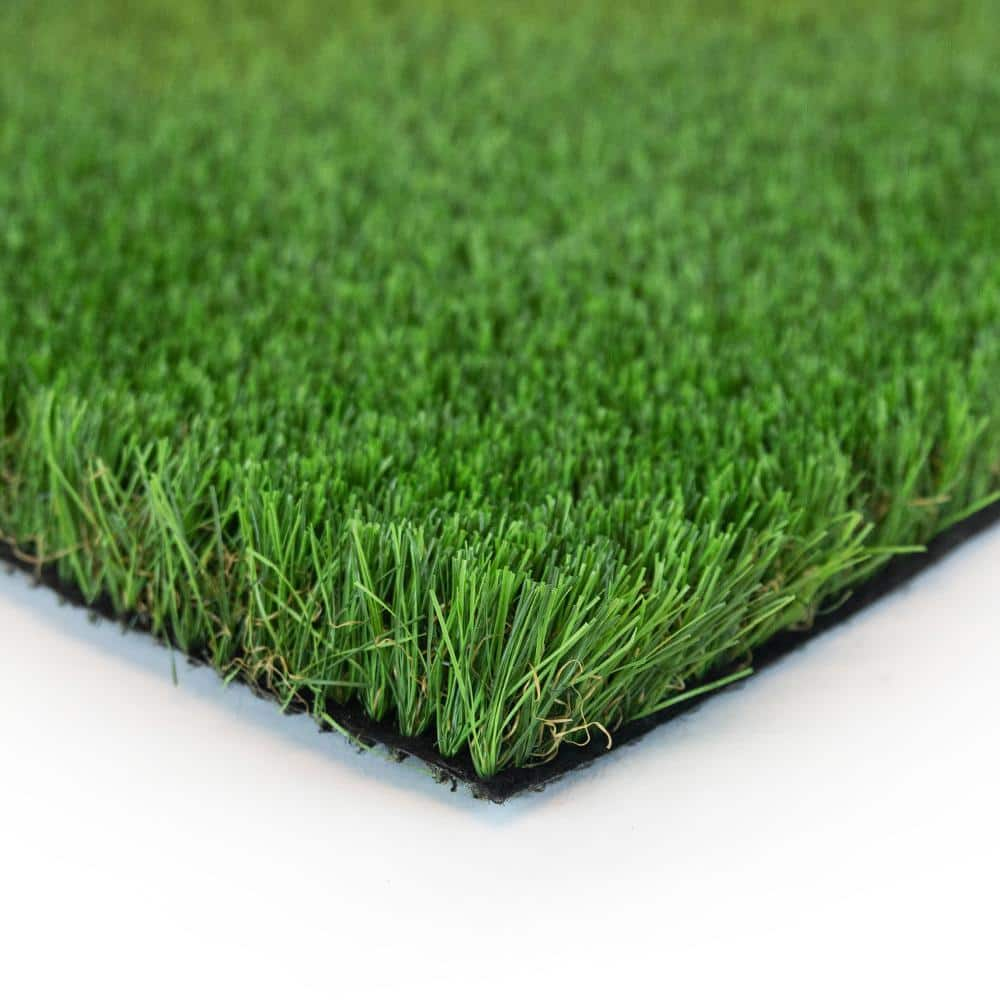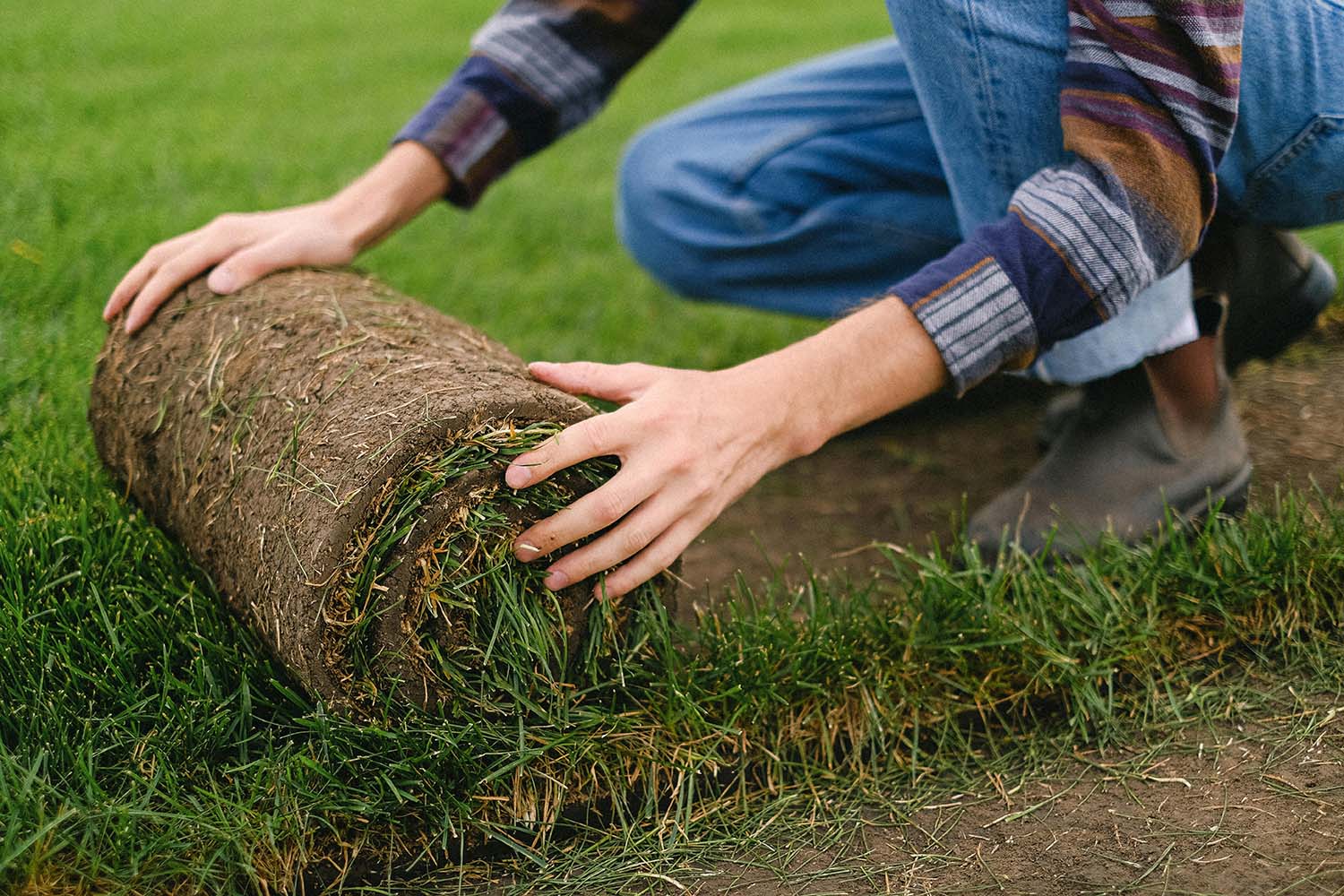Trusted Phoenix Turf Companies Providing High-End Synthetic Grass Installation
Trusted Phoenix Turf Companies Providing High-End Synthetic Grass Installation
Blog Article
Look Into the Environmental Advantages of Opting for Synthetic Grass Solutions
The adoption of artificial grass services provides a compelling opportunity to resolve pressing environmental obstacles. By significantly lowering water use and lessening the application of hazardous chemicals, these options not only advertise sustainable landscape design but additionally secure regional communities. The lower carbon footprint linked with lowered maintenance tasks adds to a more sustainable technique to land monitoring. However, the implications of these advantages prolong past mere preservation efforts, questioning concerning their long-term influence on environment preservation and overall ecological equilibrium. Checking out these dimensions reveals a complicated interplay worth thinking about.
Water Preservation Benefits
Among the most substantial advantages of synthetic grass is its capability to conserve water. Traditional grass yards need considerable irrigation, specifically in areas vulnerable to dry spell or water restrictions. On the other hand, synthetic grass does not need watering, dramatically decreasing the total demand for water resources. This function is especially valuable in deserts where water shortage is a pushing issue.
By getting rid of the demand for normal watering, synthetic grass adds to lasting landscape practices and aids minimize the environmental impact of excessive water consumption. The conservation of water extends to the decrease of runoff, which can lead to dirt disintegration and waterway contamination.
Additionally, the installation of synthetic turf enables districts and homeowners to allot water sources a lot more effectively, concentrating on crucial uses such as alcohol consumption water and agriculture. The shift in the direction of synthetic grass not just promotes accountable water use yet additionally straightens with broader ecological objectives targeted at preserving all-natural sources.
As communities significantly focus on sustainability, the water preservation benefits of fabricated turf offer an engaging instance for its adoption in industrial and household landscape design jobs.
Decreased Chemical Usage
The shift to synthetic grass significantly decreases the reliance on chemical treatments generally utilized in natural grass maintenance. Standard grass monitoring usually involves the application of herbicides, pesticides, and fertilizers to promote development and control bugs. These chemicals can present threats to human health, regional wildlife, and the atmosphere, contributing to dirt and water contamination.
In comparison, fabricated grass eliminates the demand for these harmful compounds. By lessening the launch of synthetic compounds into the community, artificial turf promotes much healthier soil and water systems.
Furthermore, the lack of chemical drainage related to synthetic lawn installments helps safeguard regional waterways from air pollution, sustaining water life and maintaining biodiversity. Arizona artificial turf. As neighborhoods increasingly focus on sustainable practices, deciding for artificial grass presents a practical option that lines up with ecological conservation objectives. Through this shift, homeowner can delight in lavish green spaces without endangering eco-friendly health, leading the method for an extra lasting future
Reduced Carbon Footprint

Furthermore, the installment of fabricated grass can lead to significant water preservation. Natural grass call for substantial amounts of water for watering, which not only includes in the carbon impact related to water removal and treatment however additionally strains regional water click this link resources. On the other hand, synthetic grass needs minimal maintenance, calling for no watering, thus considerably decreasing water use and its connected power expenses.
Furthermore, the longevity of fabricated turf adds to its lower carbon effect. With a site here life expectancy of approximately 15 years or even more, the demand for constant substitutes is lessened, resulting in less waste and lower power intake in manufacturing and throwing away conventional lawn alternatives. Generally, artificial grass provides a lasting alternative for eco conscious landscaping.
Environment Conservation
Habitat conservation is a critical factor to consider in the dispute over landscaping options, specifically when comparing fabricated lawn to natural turf. All-natural yard yards usually require extensive maintenance, including making use of herbicides, pesticides, and plant foods, which can negatively impact neighborhood environments. These chemicals can leach into the dirt and rivers, hurting native vegetation and fauna and interfering with regional environments.
In comparison, synthetic grass presents an opportunity to decrease the eco-friendly impact of landscape design. By going with artificial grass, homeowners can lessen the disturbance of all-natural habitats connected with standard yard treatment practices. Synthetic grass gets rid of the requirement for harmful chemicals, thereby shielding neighboring wild animals and keeping the integrity of bordering ecological communities. Moreover, the setup of synthetic grass can lead to the conversion of previous yard locations right into even more biodiverse landscapes, such as pollinator gardens or indigenous plant areas, which can sustain neighborhood wildlife.
Eventually, the shift to synthetic grass not only preserves water and decreases maintenance initiatives yet additionally promotes a much more unified partnership in between human tasks and the native environment, advertising habitat preservation while doing so.
Long-Term Sustainability
Long-term sustainability is an essential consider examining the advantages go to this website of man-made grass over conventional turf lawns. One of the most considerable benefits of synthetic grass is its resilience; it can last as much as 15-20 years with marginal upkeep, whereas natural yard calls for constant reseeding and replacement. This longevity minimizes the need for constant resources, such as water, plant foods, and pesticides, which are necessary for preserving a healthy and balanced turf yard.
In addition, fabricated lawn adds to a decrease in carbon exhausts linked with grass care tools. Traditional yards often need gas-powered lawn mowers, trimmers, and blowers, all of which contribute to air contamination. Arizona turf. On the other hand, fabricated lawn removes the demand for such equipment, promoting a cleaner setting
Furthermore, the production of man-made turf progressively utilizes recycled materials, improving its sustainability account. As suppliers take on green techniques, the ecological footprint of synthetic grass remains to decrease.

Conclusion
The adoption of synthetic grass remedies offers significant ecological advantages, including considerable water conservation, lowered reliance on damaging chemicals, and a lower carbon impact. Furthermore, artificial lawn aids in protecting natural environments by minimizing land disruption and promoting long-term sustainability with the use of durable products. Jointly, these factors underscore the potential of fabricated lawn to add favorably to environmental wellness and provide a sensible choice to conventional landscape design methods in an increasingly resource-conscious globe.
In comparison, artificial grass does not need watering, substantially reducing the overall demand for water sources. By minimizing the launch of synthetic compounds right into the community, artificial turf advertises much healthier soil and water systems.
Moreover, the installation of artificial grass can result in significant water preservation. In contrast, synthetic grass requires minimal maintenance, requiring no watering, consequently dramatically reducing water usage and its connected energy expenses.

Report this page